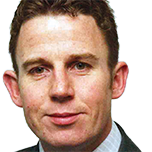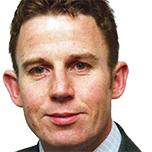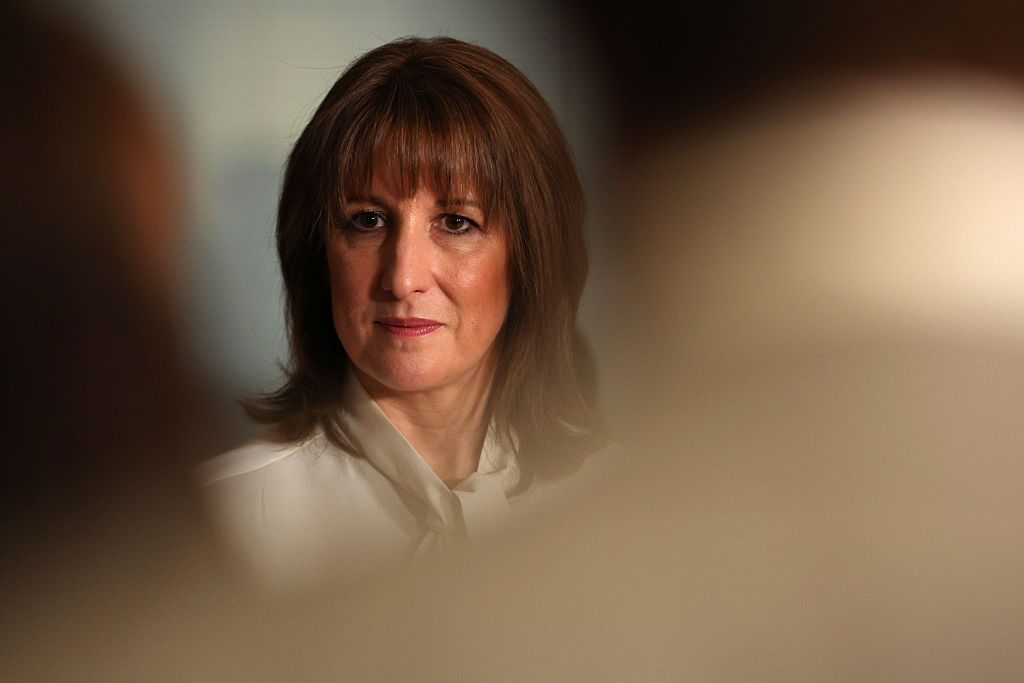The drawbacks of pension drawdown
Using pension drawdown to tap your retirement savings requires careful preparation, says David Prosser.

Income drawdown, whereby you draw an income from your savings while keeping them invested, has become the overwhelmingly favoured choice for pension savers managing their money in retirement.
But the downside of drawdown plans compared to annuities, which used to be most people’s default option for turning pension fund cash into regular income, is that you have to manage your resources with great care. Take out too much of your income and you’ll run out of money before your time is up, particularly if investment returns disappoint.
Many financial advisers have now abandoned the traditional approach to managing this problem. For many years, the standard advice to drawdown savers was to aim for a “safe withdrawal rate”. Savers who withdrew less than a certain percentage of their pension fund as income each year could be confident their money would see them through retirement, advisers argued.
MoneyWeek
Subscribe to MoneyWeek today and get your first six magazine issues absolutely FREE

Sign up to Money Morning
Don't miss the latest investment and personal finances news, market analysis, plus money-saving tips with our free twice-daily newsletter
Don't miss the latest investment and personal finances news, market analysis, plus money-saving tips with our free twice-daily newsletter
Updating the model
That felt like a blunt tool even before ultra-low interest rates and stockmarket volatility began unnerving savers. Until recently, 4% was considered a safe withdrawal rate, but that figure can be traced to academic research carried out in the US in the early 1990s – a different time and a different place. More recently, investment analyst Morningstar has published data suggesting 2% is more realistic.
Now, however, research from the insurer Aegon suggests more than a third of financial advisers have dumped the idea of a safe withdrawal rate altogether. Instead, they have shifted to modelling tools that aim to understand what income savers might need during different stages of retirement, as well as to adjust for stockmarket ups and downs. The idea is to build an income schedule for retirement based on scenario planning and stress testing. For example, what might you pay for care should you need it later in life? How might a long market downturn affect your retirement finances?
The downside to this approach is that it is complicated. If you’re managing your own finances in retirement, rather than working with a specialist adviser, it may prove difficult to build your own model. Nevertheless, this sort of dynamic modelling should feel much more comfortable than plucking a withdrawal rate out of thin air. The idea is to build an income plan that reflects your life, rather than an academic number-crunching exercise.
Bear in mind that before the pension-freedom reforms of six years ago, income drawdown was regarded as the preserve of sophisticated investors with significant savings. Most savers who went down this route did so with the help of professional advice. The reforms effectively democratised the drawdown approach, but they didn’t remove the challenges of managing your money in this way in retirement. It still makes sense for the vast majority of people to get help from an expert.
One final thought: drawdown plans don’t have to last a lifetime. One option that works well for many people is to opt for drawdown early in retirement – the first five to ten years, say. Then, as you get older and need more certainty, you still have the option of using the remainder of your pension fund to buy an annuity income.
Get the latest financial news, insights and expert analysis from our award-winning MoneyWeek team, to help you understand what really matters when it comes to your finances.

David Prosser is a regular MoneyWeek columnist, writing on small business and entrepreneurship, as well as pensions and other forms of tax-efficient savings and investments. David has been a financial journalist for almost 30 years, specialising initially in personal finance, and then in broader business coverage. He has worked for national newspaper groups including The Financial Times, The Guardian and Observer, Express Newspapers and, most recently, The Independent, where he served for more than three years as business editor.
-
 ‘Why I have ditched my Help to Buy ISA for cash savings and the stock market’
‘Why I have ditched my Help to Buy ISA for cash savings and the stock market’Without the 25% bonus, my Help to Buy ISA is effectively redundant, says MoneyWeek writer Sam Walker.
-
 Is your inheritance tax allowance cut if you sell to downsize or sell your home to pay for care?
Is your inheritance tax allowance cut if you sell to downsize or sell your home to pay for care?Downsizing relief is a little-known benefit that could save your loved ones tens of thousands of pounds in inheritance tax after you’ve died.
-
 Modern Monetary Theory and the return of magical thinking
Modern Monetary Theory and the return of magical thinkingThe Modern Monetary Theory is back in fashion again. How worried should we be?
-
 The coming collapse in the jobs market
The coming collapse in the jobs marketOpinion Once the Employment Bill becomes law, expect a full-scale collapse in hiring, says Matthew Lynn
-
 How pet insurance can help cut the costs of vet bills
How pet insurance can help cut the costs of vet billsYou can temper the expense of vet bills with pet insurance. There are four main types to consider
-
 Rachel Reeves's punishing rise in business rates will crush the British economy
Rachel Reeves's punishing rise in business rates will crush the British economyOpinion By piling more and more stealth taxes onto businesses, the government is repeating exactly the same mistake of its first Budget, says Matthew Lynn
-
 The consequences of the Autumn Budget – and what it means for the UK economy
The consequences of the Autumn Budget – and what it means for the UK economyOpinion A directionless and floundering government has ducked the hard choices at the Autumn Budget, says Simon Wilson
-
 Big Short investor Michael Burry closes hedge fund Scion Capital
Big Short investor Michael Burry closes hedge fund Scion CapitalProfile Michael Burry rightly bet against the US mortgage market before the 2008 crisis. Now he is worried about the AI boom
-
 Why the Waspi women are wrong
Why the Waspi women are wrongOpinion Compensation for the Waspi women would mean using an unaffordable sledgehammer to crack a nut, says David Prosser
-
 Why UK stocks are set to boom
Why UK stocks are set to boomOpinion Despite Labour, there is scope for UK stocks to make more gains in the years ahead, says Max King